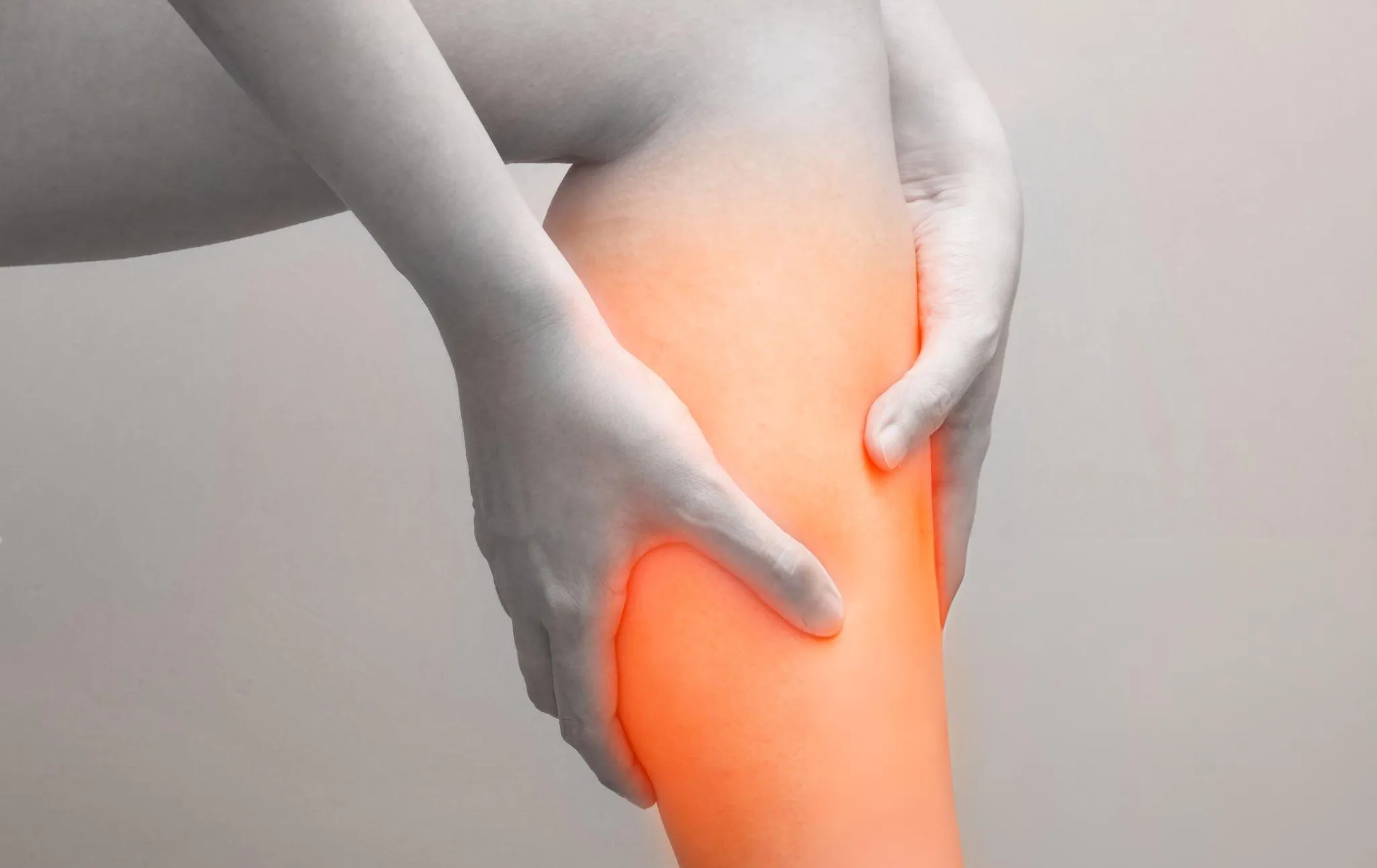Sciatica is a kind of pain that spreads down each leg and down the course of the sciatic nerve, which runs from your lower back to your hips and buttocks. Sciatica is due to a pinched nerve for your decrease lower back or neck.
This situation is because of compression of a part of the nerve, which may be as a result of a ruptured disk or constriction of the backbone. Inflammation, soreness, and numbness are all common signs at the aspect of the body that has been broken via the harm. Despite the truth that sciatica may additionally purpose excruciating pain, the vast majority of cases resolve without the want for surgery inside some weeks of being recognized.
Injury to the sciatic nerve may also reason sciatica. The sciatic nerve is the longest and thickest nerve in the frame.
Despite the truth that actual sciatic nerve damage is rare, the term “sciatica” is regularly used to explain any pain that starts offevolved within the lower lower back and travels down one or each of the legs. It is assumed that nerve injury in your decrease lower back is the supply of the pain. Irritation, infection, pinching, or compression of a nerve are all feasible causes.
Causes
When the sciatic nerve is pinched, it’s miles known as sciatica. A herniated disk inside the spine most customarily causes this disorder, however it may additionally arise on account of a herniated disk within the neck. In sure cases, a tumor may additionally compress the nerve, and other conditions consisting of diabetes might purpose it to be damaged.
A herniated disc inside the lumbar vicinity is accountable for maximum of the cases of sciatica. Typically, a herniated disc compresses one or greater of the spinal nerve roots which are answerable for the formation of the sciatic nerve. A herniated lumbar disc in one among two ways reasons sciatica:
- Direct compression: It is possible for a lumbar disc to bulge or for the soft inner material of the disc to seep out or herniate through the fibrous outer core and push on the sciatic nerve.
- Chemical inflammation: It is possible that an acidic chemical irritant from the disc will seep out and cause inflammation and irritation in the region around the sciatic nerve.
A herniated disc may compress the sciatic nerve on one side, resulting in symptoms in just one leg, or the disc may bulge or herniation from both sides, resulting in symptoms in both legs and lower back pain.
Another cause is degeneration. The sciatic nerve may be compressed or irritated because of the degeneration of tissues in the lumbar spine. It may cause the synovial tissue in the joint’s capsule to become inflamed and swollen, which can lead to further joint degeneration. Abnormal bone growths may additionally result from the degeneration of vertebral bone. Inflammatory proteins may be secreted through degenerated intervertebral discs, ensuing in infection of the sciatic nerve in positive cases.
Symptoms
Sciatica is characterised by radiating ache that spreads out of your lower (lumbar) spine on your buttocks and down the returned of your legs. You may also have ache almost everywhere alongside the nerve route, however it is maximum likely to occur along a line that runs out of your low back to your buttocks, in addition to the back of your thigh and calf muscular tissues.
There is a large variety of soreness that can occur, from a bit pain to a pointy, burning feeling or agonizing ache. The sensation can be just like that of a jolt or electric shock at instances. It may be made worse by coughing or sneezing, and sitting for prolonged periods of time can exacerbate signs. It is not unusual for simply one facet of your frame to be impacted.
Some individuals enjoy numbness, tingling, or muscular weak point inside the leg or foot that is suffering from the circumstance. You can be experiencing pain in a single location of your leg even as experiencing numbness in every other.
Diagnosis
A accurate diagnosis of sciatica is important in growing the perfect remedy method and in efficaciously handling sciatica symptoms. When a physician suspects that a patient has sciatica, he or she will obtain a clinical history and do a physical exam. It may be necessary in certain instances to perform medical imaging tests or provide diagnostic nerve blocks.
The doctor may check for the following symptoms during a physical examination:
- Localized pain in the low back
- The nerve’s response to leg movements that cause it to expand (straightening the leg)
- It is possible to quantify and record the response to specific stimuli, such as lightly stroking the toes or calf region.
Furthermore, the doctor may do specialized clinical tests to establish whether the patient is experiencing sciatic nerve pain. These tests for sciatica include “Slump test and Straight leg raise (SLR) test.”
Imaging tests like MRI and CT-scans are also performed in order to establish sciatica diagnosis.
Treatment
Physical therapy, medicines, therapeutic injections, as well as alternative therapies are generally used as first-line treatments for sciatica. Nonsurgical therapy for acute sciatica typically takes 4 to 6 weeks.
Physical therapy is an important part of sciatica treatment strategy since it combines strengthening, flexibility, and aerobic fitness. It includes trap exercises.
Sciatica pain may be treated with both prescription and OTC medicines. The following are some examples of medicines used to alleviate sciatica pain:
- NSAIDS
- oral steroids
- anticonvulsant drugs
- opioid analgesics
These medications are often used to relieve discomfort and enable patients to engage in physical therapy. To prevent addiction, drugs like opioid analgesics are usually given for brief periods.
When to See a Doctor
Mild sciatica typically subsides on its own with time. If self-care methods fail to relieve your signs or in case your ache persists for extra than every week, is excessive, or receives progressively worse, see your medical doctor without delay. If you’re having problem regulating your bowel or bladder, and experiencing any of the following signs and symptoms, get medical attention proper away: pain, numbness, or muscular weakness on your lower back or legs that comes abruptly, is extreme, are seeking for clinical interest immediately.















Leave a Reply